What down wind sails should I buy?
In addition to the standard genoa and mainsail you will want additional sails for down wind sailing. The choice however is enormous. I have four additional downwind sails and would like to share my experience and ideas with you.
Parasailor, Wingaker and other Symmetrical Spinnakers
Many opt for a Parasailor /Wingaker type of sail. These sails have an opening in the middle which supports a wing.
The wing generates lifts. On a monohull this lift reduces heel and therefore the boat is more stable on its rudder. Cats don’t heel so this is not an important feature. The salesman will tell you that it keeps the bow out of the waves on Cats but we have not experienced any nose diving so far. We crossed the Atlantic last November 2019 and enjoyed upto 45 knots of wind and big waves.
The opening does two things. First of all it works as a ‘pressure relieve valve’. In a puff of wind, the air pressure escapes through the opening. In fact you will always have loss of power with a hole in your spinnaker. Racing boats don’t use Parasailors….Most people want to take the spinnaker down before it is too late. Usually at around 15 knots of apparent wind speed. I had some discussions about the suggested size. Many choose a smaller sail because it is supposedly easier to handle. I would however go for the maximum size. In the MED the wind can be light. A bigger sail helps to generate a decent speed. At 20 knots of wind you have other options to move forward. Beware of listed Parasailor/Wingaker sail areas. They list the total m2 of fabric used, which is a lot more (at least 20-25 m2) than a normal type spinnaker with the same outer dimensions. There is a lot of fabric in the wing.
Socondly, the opening stabilises the spinnaker. It works similar as the old-fashioned parachutes from WW2 which had a hole in the center to stabilize the parachute. On a boat this hole stops the spinnaker swinging from left to right. On a monohull this will make the boat roll which has a negative effect on the tracking of the boat and requires much more steering action. A cat does not roll….
So I am not really convinced about using Parasailors on Catamarans. On a mono hull, I would buy one immediately. These sails are also expensive and the lines that support the wing can catch quite easy behind the rig. After careful consideratione we opted for a normal symmetrical spinnaker of 165m2 made by Sail design. We use a sock to handle it. It is half the price of a Parasailor.
I have had no problem with the stability as long as I used it without the mainsail. That is also the way Parasailors and Wingakers are sailed, so I experienced not a big difference. I also tried the spinnaker with the mainsail up. Around 170 degrees True wind direction, the mainsail disturbs the spinnaker, which then snags around the forestay.
But I do like to sail with the main sail up. The extra area gives another knot of boat speed and I can douse the spiannaker in the lee of the sail. Lowering and hoisting a mainsail down wind is also not that easy. I now fly the spinnaker on a spinnaker pole. That solves the instability with the main at 170 TWA. I do not need the pole when the angle is less than 160 degrees true.
Asymmetrical Spinnaker
I also have an A2 Asymmetrical spinnaker of 165m2. We use a sock to handle it. We are very fast with this sail in a strong breeze at angles of 130-160 degrees true. 130 is a bit high for a symmetrical spinnaker and 160 degrees is too low for a code zero. Wind direction always fluctuates a bit of course. In lighter winds I can use this sail upto 100 degrees true wind angle. Flying the tack from the windward bow allows me to sail 170 degrees true. So I have a great range of wind angles for which I can use this sail. The handling is a lot easier than my symmetrical spinnaker.
Screecher
I ordered my 120m2 Screecher before my boat was delivered. A screecher is a sail that looks like a code zero, but is made of a stronger material and has a fuller shape. It furls away, so the handling is easy. I thought this was a good sail between my genoa and A2 asymmetrical spinnaker. In practice my asymmetrical spinnaker is faster (as it is bigger) at all angles, below wind speeds of 15 knots. Please refer to the post about polar diagrams. So I only use the screecher at higher wind speeds. 140 degrees TWA is about the deepest angle I can sail with it. But I found out that it is a great sail to sail wing on wing for wind speeds above 20 knots. I then can unfurl the genoa behind the mainsail too, as the wind blows from the sreecher into the genoa. Sail area of genoa and screecher together is the same as my spinnaker. I used this sail combination upto 28 knots TWS without any problem. If wind picks up more, you just furl it away. I have rigged the boat such that the continuous furler line can be operated via my electric winch in the pit. Interestingly, I can use this set up upto 155 degrees TWA (to opposite side the main).
Code Zero
As mentioned above, the A2 asymmetrical spinnaker is faster than my screecher in winds below 15 knots TWS. The problem is that the A2 pulls the boat too much sideways when sailing at smaller wind angles. I then miss about 1.5 knots of boat speed. I therefore ordered a highTech Code zero from Sail Design. I can use this sail upto 15 knots TWS at angles starting at 80 degrees TWA.
Recommendations
As a retired racer I don’t mind switching sails all day. Keeps me busy. But I can imagine you don’t want more than one or two extra sails. What would I suggest in that case?
When cruising the MED, I would start with a code zero. Not a high-tech one, but one made of Bainbridge Mpex 350N material, cut quite flat. Area 120m2. This is great for light wind sailing and can be used wing on wing when sailing downwind. If you are looking for a second sail, I would choose a 165m2 1.5 oz A2 asymmetrical spinnaker and fly it off the windward bow when going down wind. See my post about spinnaker sheeting setup.
If you skip the MED and want to cross the Atlantic and continue into the Pacific, the A2 asymmetrical is your first choice. The Atlantic sailing is down wind, but the Pacific is broad reaching. As a second sail, I would then go for the Code Zero. This is a great sail to cruise from island to island in the Caribbean. Most of that is (close) reaching.
For our Atlantic crossing we used the following down-windsails:
- A2 Asymmetrical 165m2: 3 days/3 nights,
- Symmetrical 165m2: 3 days/two nights,
- Screecher 120m2 wing on wing 10 days/nights. Second week we had 23+ knots of steady wind,
- Genoa wing on wing 2 days/nights during squalls.
I did not yet have my code zero then. But would not have had any use for it.


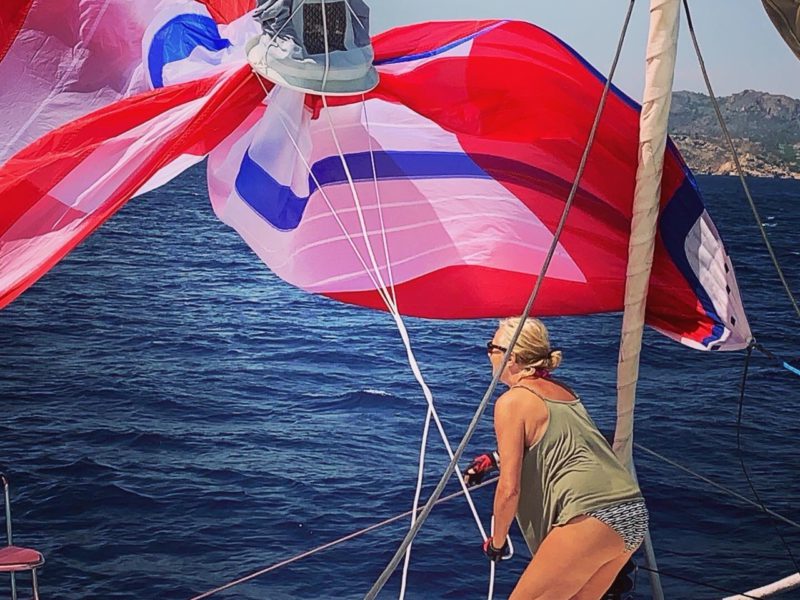

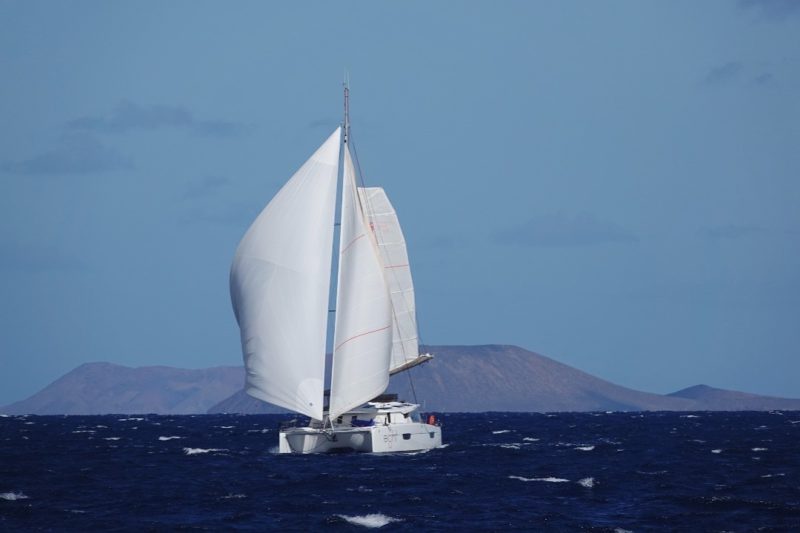




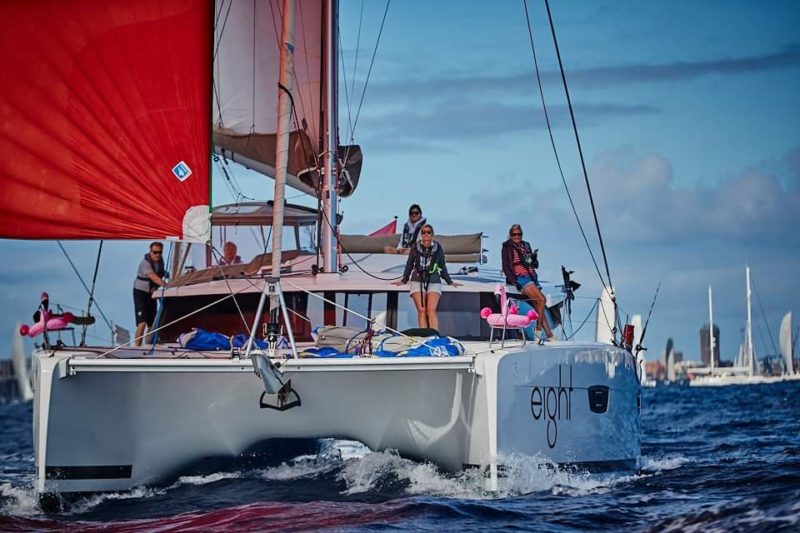
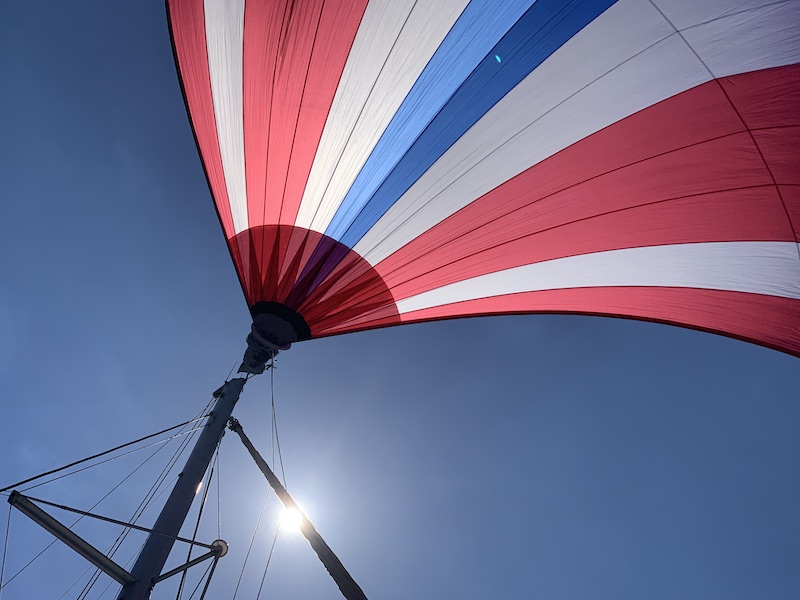
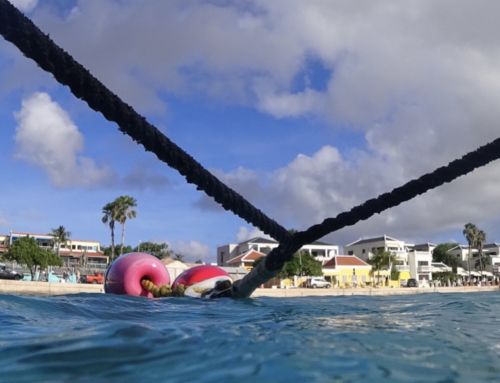
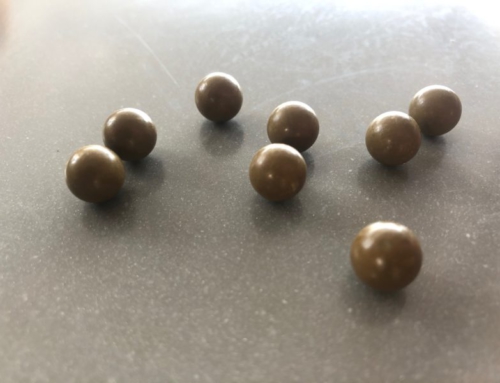
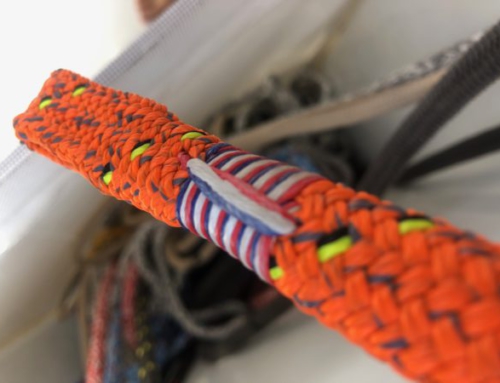
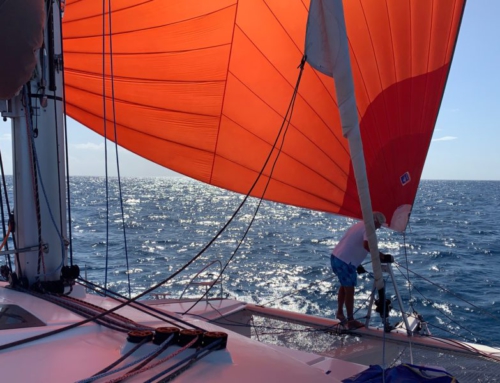
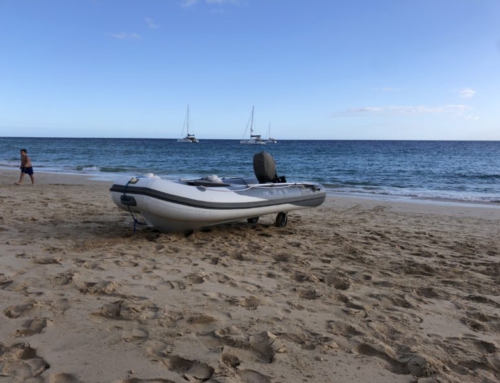
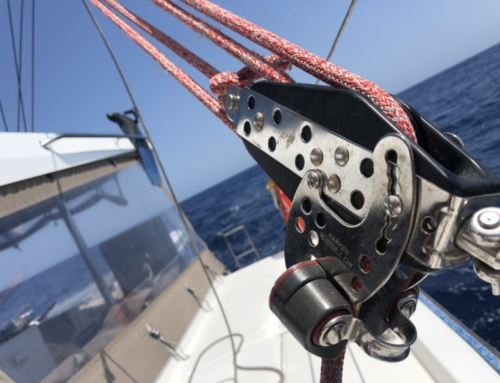
This is the best analysis of the big fore sails that I have seen, Robbert and Luuke clearly know what they are talking about and they speak from their deep experience.
All credits for Robbert!